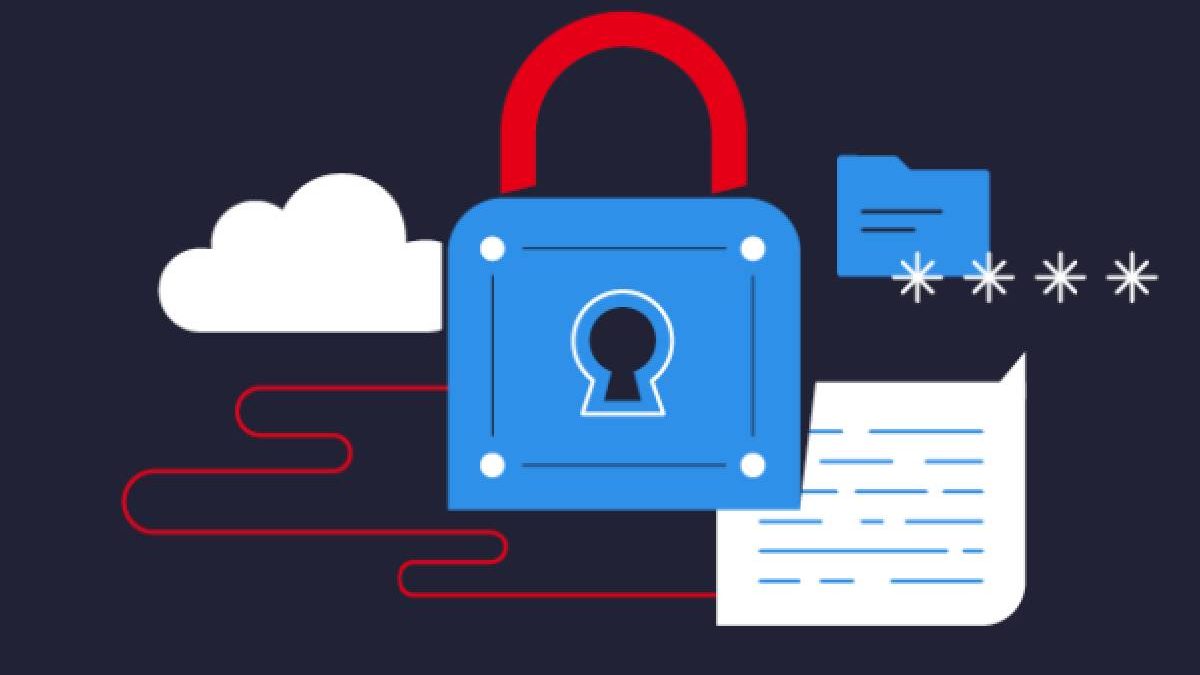Security of data on the internet – Protecting digital information against unwanted access, corruption, or theft across all stages of its lifespan is the discipline of security of data on the internet.
Businesses have long prioritized keeping customers’ passwords, financial information, and other sensitive personal information safe and secure from outside attackers.
Still, it’s becoming increasingly important for customers and people to heed data security advice and follow best practices.
For consumers, families, and individuals, a wealth of information is available on safeguarding passwords, securing desktop, laptop, and mobile devices from hackers, malware, and other dangers, and best practices for accessing the Internet safely.
Unfortunately, there is so much information available—from utilizing a virtual private network (VPN) to creating one-of-a-kind, secure passwords or using antivirus software—that it’s simple to become overwhelmed, especially if you lack technical knowledge.
Table of Contents
Tips for Online Password Security of Data on the Internet Privacy, and Identity Protection.

Numerous techniques and technologies exist that can increase security of data on the internet.
While no one approach can thoroughly tackle the issue, companies may significantly enhance their security posture by combining many of the ones listed below.
Discovering and Classifying Data
In order to prevent theft or misuse, data security in contemporary IT environments entails comprehending data flows, recognizing different forms of data, and utilizing technologies for finding and classification.
The first step in determining what data you have is data detection. By deciding which information is sensitive and needs to be safeguard, data categorization enables you to develop scalable security solutions.
By tagging files on endpoints, file servers, and cloud storage systems, data detection and categorization technologies will allow you to see data across the company and implement the necessary security policies.
Data obscuring
Utilizing data masking, you can produce a fake copy of your organizational data that can be used for software testing, training, and other tasks that don’t require the actual information.
Again, the objective is to safeguard data while offering a helpful substitute when necessary.
Data masking alters the values while preserving the data type.
Encryption, character shuffles, and word or character replacement are just a few methods for changing data.
Regardless of the approach you use, the values must be altered in a way that prevents reverse engineering.
Identification Access Control
Organizations can manage digital identities thanks to the business process, strategy, and technology framework known as identity and access management (IAM).
For example, IT managers may manage user access to confidential data inside a business using IAM solutions.
Authentication methods for IAM include single sign-on, two-factor, multi-factor, and privileged access management.
The company can securely store identification and profile data thanks to these technologies, which also help governance by ensuring that the proper access controls are enforce on every infrastructure component.
Encoding of data
Transforming data from a readable format (plaintext) to an unreadable encoded format is called data encryption (ciphertext).
Data can only view or processed after encrypted and decrypted using the decryption key.
Conclusion
To stop data loss, organizations can take a number of steps, include backing up data to an alternate location.
In addition, data can protect by physical redundancy against assaults on local servers, power outages, and natural catastrophes.
Data replication to a remote location or cloud environment and redundancy inside a local data centre are all options for redundancy.
Related posts
Featured Posts
Safe YouTube and, Internet Streaming for Kids and, More
Keeping kids away from inappropriate content on safe Youtube internet streaming for kids can seem overwhelming. There are several billion…
What is a Market Economy?
A market economy is the economic system in which financial decisions and the price of goods and services and guides…



